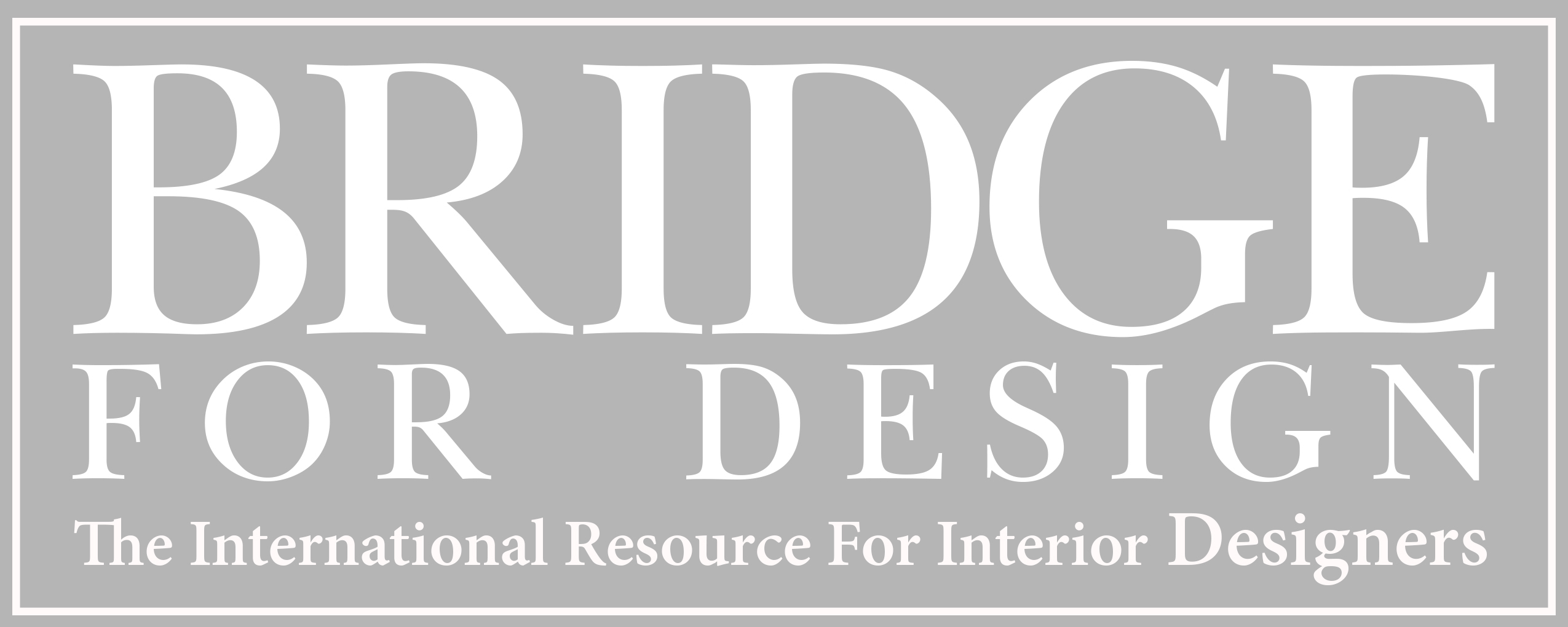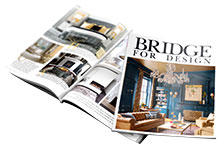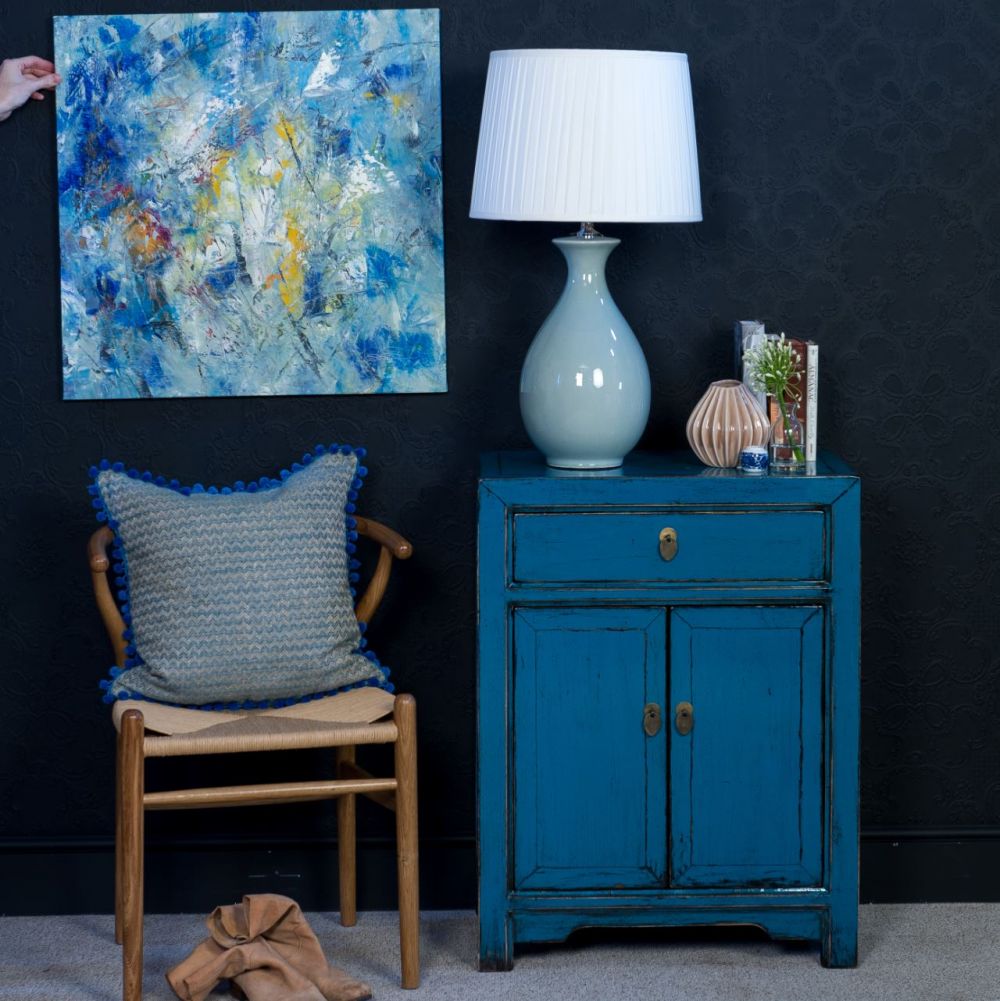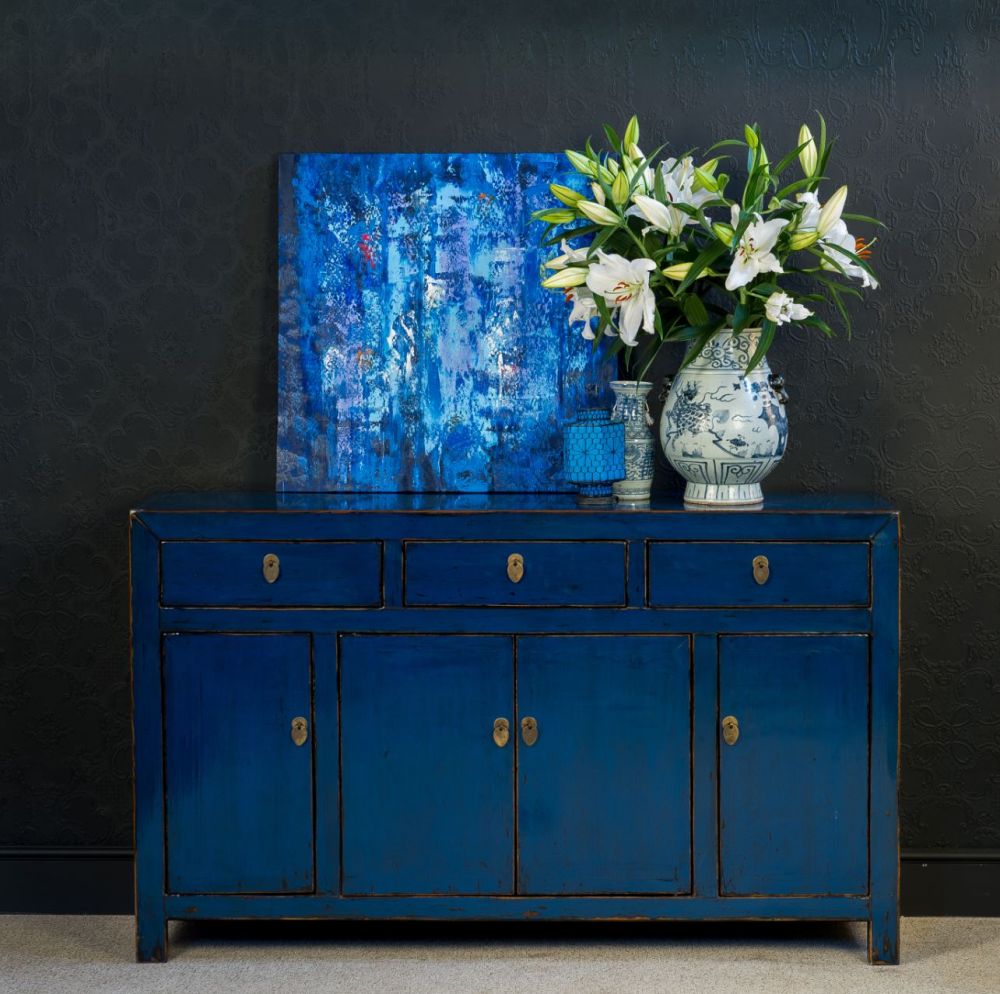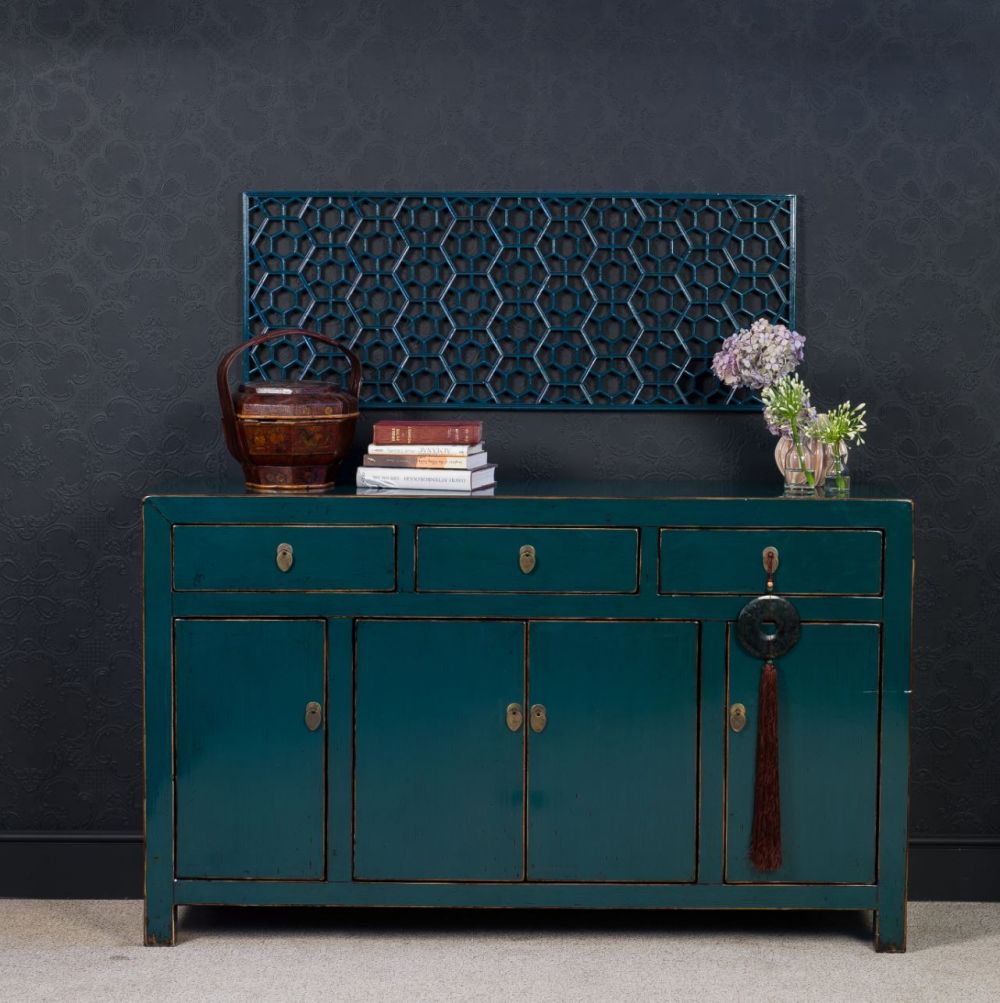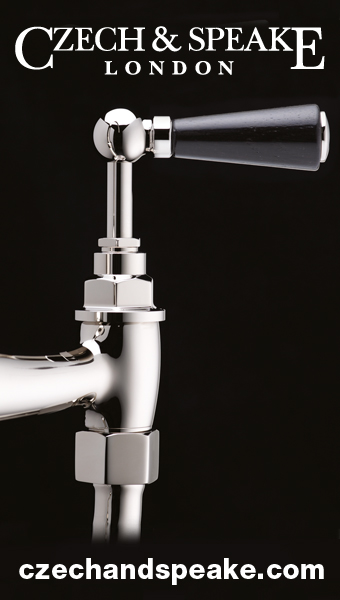The continuing trend for shades of grey used for the blank canvas has given an important make-over to the use of colour in design projects today. Art galleries have long used grey for walls and backdrops, as it is proven to propel colour to the fore - especially in the poor light of the temperate UK climate - whereas the more yellow tones of creams and beige perform slightly better in Mediterranean and tropical lights.
As a result, vibrant colour is playing an increasingly important role in designer’s projects, with furniture and fabrics working even harder to appeal to this trend whilst the hunt for the statement, one off designs, with the importance of provenance is definitely rising.
Asian design is a fusion of many different styles that range from the Chinese and the Japanese and the exotic Indian themes. But, for most, it is often dominated by the belief in oriental influences that have originated in the Far East several centuries ago. Hand painted decoration and the meanings in Eastern designs have added exceptional character to interior design for many years but, with the trend to have eclectic interiors - mixing the old with the new, there is an increasing amount of pressure to find statement items for both residential and commercial interiors. This is accomplished with Chinese items which definitely have a mystical feel to them.
We have seen a rise in interest for pieces of furniture and accessories which have provenance in terms of a previous life. For example, the most common decoration to be found hand-painted on Chinese furniture includes bats symbolising good fortune, pomegranates whose seeds represent fertility, and pairs of dragons at play in the sky representing good luck.
Oriental designs are largely inspired by colour and an Eastern themed interior is truly complete with vibrant accent hues that stand out when placed in a calm, neutral setting. For centuries it is said that every room should have at least one item of red in it; a cushion or an accessory, it is true that once a spot of red is introduced, the dynamics change and change again substantially if this item is removed. Large cabinets and altar tables in the traditional red oxide, a colour which represents extreme good fortune in Chinese culture, present beautiful centre-pieces or schemes.
In the developing market, there seems to also be more interest in using cobalt blues, pretty pinks seen in blossom and jade green lacquers adding a texture to the modern scheme. This leaning towards bold, eclectic interiors where loud and clear focal points for on trend shades can cleverly and unexpectedly be introduced to a scheme lends itself to Eastern influences.
Decorators will always need to combine neutrals alongside strong colours and the elegant touches of metallics which seems to continue to be a popular element with decorators. The exquisite golden tones alongside the black lacquer in Chinese furniture brings a warm, majestic finish to a living room.
Now is the time for the versatility of Oriental furniture, with its vivacious colour palette and influences to move into the realm of interior design.
